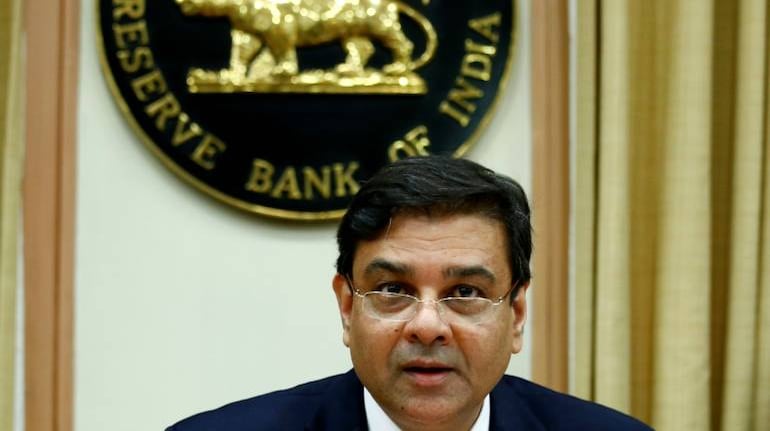



Bond yields have seen so much volatility in recent weeks that market men don’t expect and don’t even want an eventful policy. After starting 2018 at below 7.1 percent, 10-year bond yields shot up to 7.4 percent on January 15 after the RBI deputy governor ticked off banks for thoughtless investment and zero risk management.
Yields further climbed to 7.6 percent by early February on fears of a large fiscal deficit based on overstated tax collections and under–provided expenditure. Rising crude prices pulled yields to 7.75 percent by early March. And then, quite unexpectedly, on March 26, yields crashed to 7.3 percent on the government cutting its first half borrowing by 22 percent versus year ago levels. The RBI, again, unexpectedly, met the government half way by allowing easier provisioning for banks on bond losses.
After immense drama, possibly no side is interested in an “eventful” monetary policy. Also the noise in global trade and the reality of rate hikes warrant a cautious approach. Under the circumstances a no-action policy is what the doctor ordered and that’s what the patient may get.
But there is much to watch in RBI’s statement and in the accompanying monetary policy report. The central bank's current inflation forecast for the first half of this year is 5.1 percent-5.6 percent and for the second half is 4.5-4.6 percent. But this was probably predicated on crude at $55/barrel. Now if the assumption is upped to $65, will the trajectory change? As well, the RBI and the markets are still guessing what the minimum support price for key crops is likely to be. If the government intends to pay farmers the full difference between the market price and 1.5X their cost of production, the fiscal deficit too could be higher.
Then there are farm loans and house rent allowance increases to state government employees. The RBI saw risks to inflation titled to the upside even its last forecast. There is much in the data for the central bank to up the CPi forecast. That would be a serious negative for the bond markets, undoing much of the recent sobering of yields.
One wouldn’t have worried about growth forecasts, but in the last policy, the RBI went out of its way to state that "the committee is of the view that the nascent recovery needs to be carefully nurtured and growth put on a sustainably higher path through conducive and stable macro-financial management". The RBI’s growth forecast for the current year is 7.2 percent, much lower than the consensus. Does this factor in the crucial NPA resolution circular that it brought out just 5 days after the policy? It certainly couldn’t have factored in the PNB fraud or the cloud over the ICICI and Axis Bank leadership. With most corporate lenders weighed down either by NPAs or an embattled leadership or both, is there enough spunk to “carefully nurture the nascent recovery” as the MPC put it? So, will the RBI lower growth forecasts? If it does, are stock and bond markets prepared for this?
Actually more than the monetary policy, it is the developmental and banking-related announcements that are awaited eagerly by bankers. After the recent moderation of its stance on mark-to-market losses of banks, there is widespread expectation that the RBI will also moderate its NPA resolution rules.
Bankers hope that they will have to begin reporting stressed loans not on first day of default but may be 30 days after default, so as to give companies elbow room for “legitimate” delays. Bankers also want to upgrade restructured loans a little faster than RBI’s new rules allow.
Perhaps most interesting will be the governor’s press conference –not for monetary policy questions but for other questions – on PNB, ICICI and Axis.
Discover the latest Business News, Sensex, and Nifty updates. Obtain Personal Finance insights, tax queries, and expert opinions on Moneycontrol or download the Moneycontrol App to stay updated!